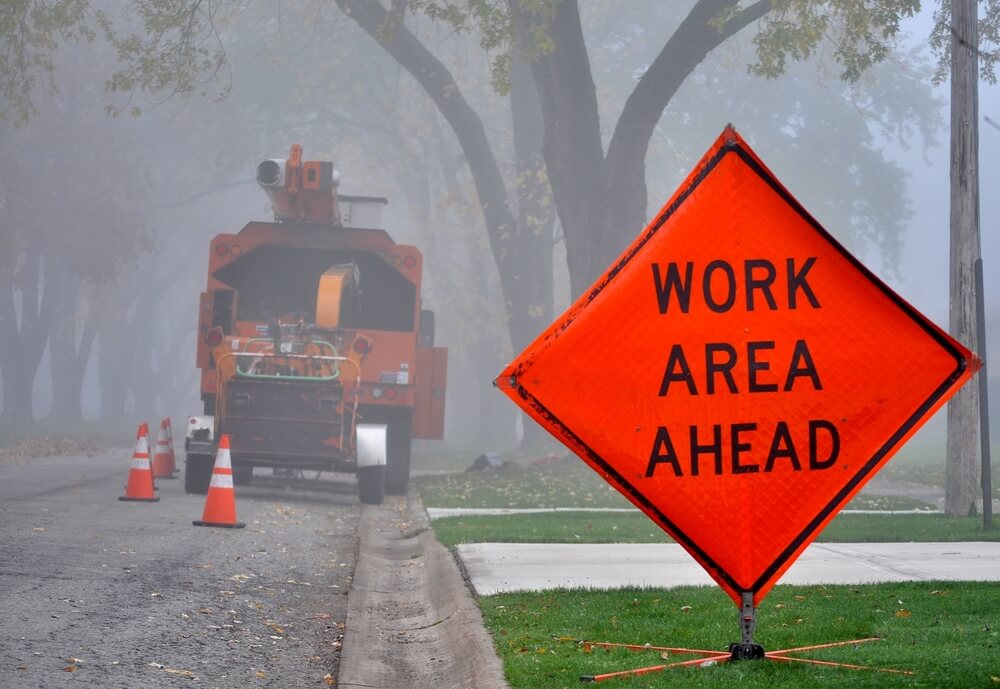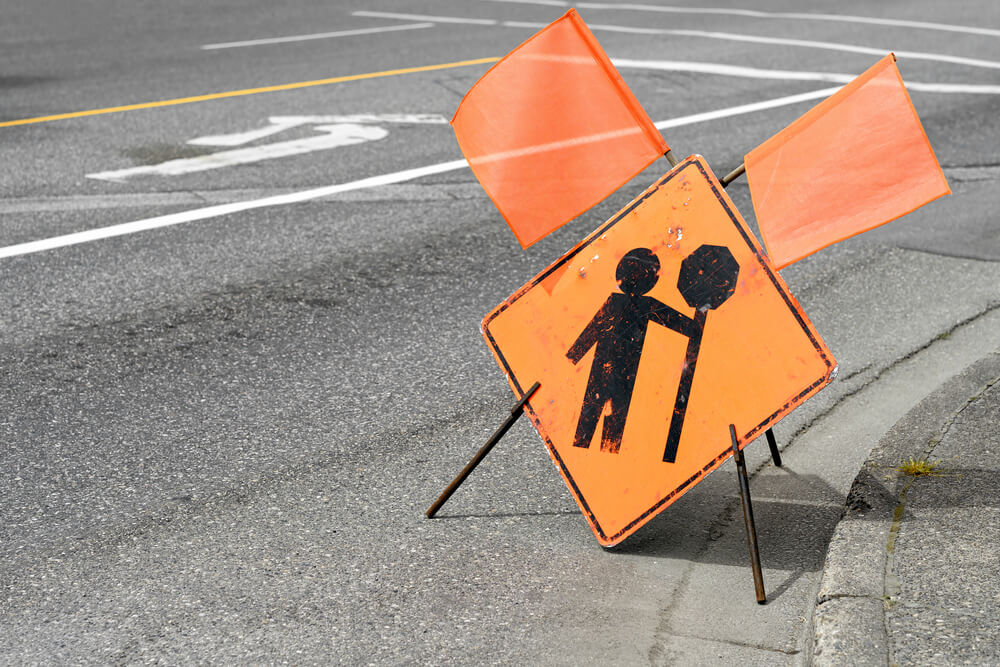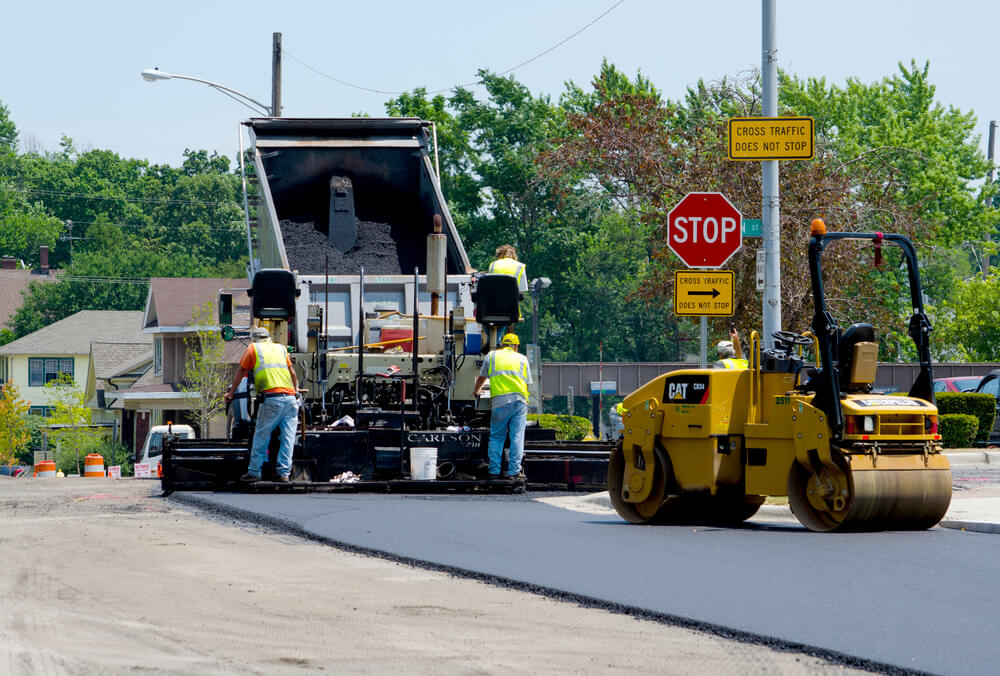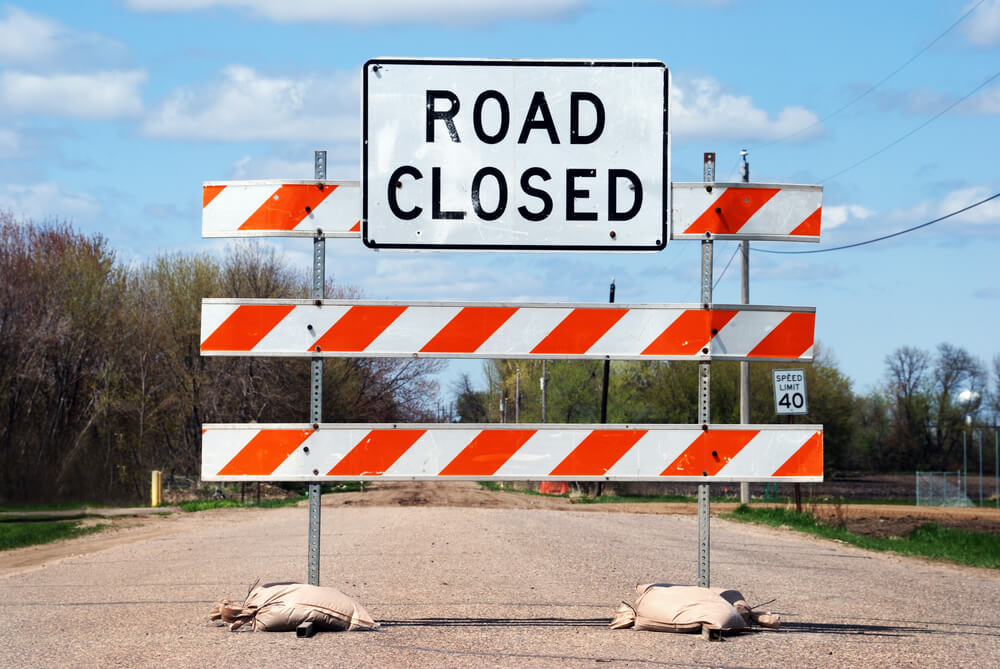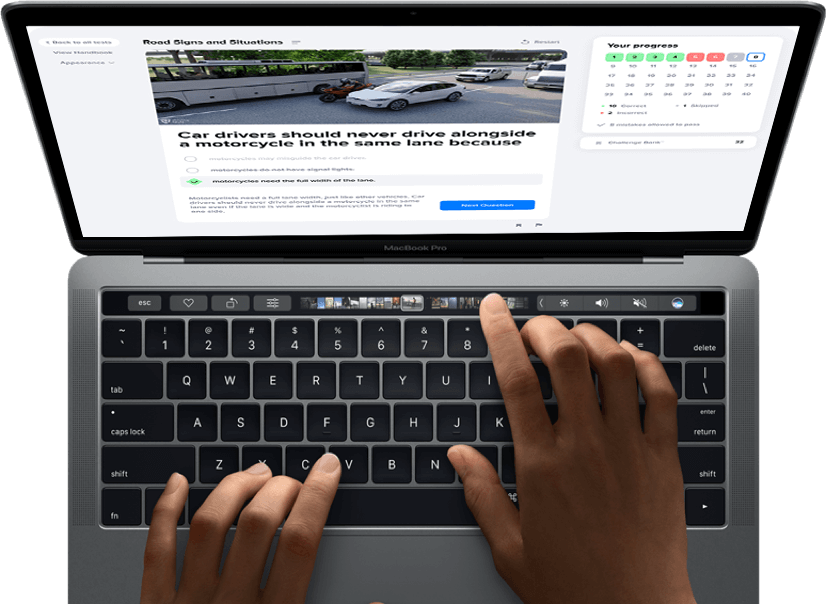Most drivers cringe when they see the tell-tale neon orange of the work zone.
Increased fines, stalled traffic, and bumpy driving surfaces make work zones an annoyance for motorists. While U.S. drivers are fortunate to live in a country that maintains its roadways and displays to its citizens their tax dollars at work, it seems that at least one section of our normal route is under construction at all times. This necessary annoyance is the cause of thousands of traffic accidents each year, many of which involve individuals whose job it is to resurface, repair, and replace our roadways.
You’re reading one of our “Beginner Driver’s Guide” articles. Need to practice for your upcoming exam? Take our free sample driving test -- no registration required! ✨
The U.S. Department of Transportation Highway Safety Administration’s Work Zone Mobility and Safety Program presents some enlightening statistics:
Dangerous Statistics:
- 1
In 2015, there were over 96,626 crashes in work zones in the United States.
- 2
Although the percentage of those crashes that lead to fatalities was extremely low, 73% resulted in damage to one or more automobiles.
- 3
Around 70% of work zone crashes occurred during daytime hours.
- 4
“There were 25,485 injuries in work zones in 2015. This equates to one work zone injury every 5.4 minutes, and at least 70 people were injured every day.”
- 5
In 2015, 642 motorists (drivers and/or passengers) were killed in work zone accidents.
- 6
According to this program, “Americans lose 3.7 billion hours and 2.3 billion gallons of fuel every year sitting in traffic jams. Nearly 24% of non-recurring freeway delay, or about 482 million hours, is attributed to work zones.”
The most important thing a driver can do to prevent road construction from causing an accident or injury is to maintain a positive attitude. While road work may be a hassle, no one is at fault for the tardiness it may cause. Be courteous to other drivers who are impeded by the construction and respect all workers present in and around the roadway. Here are some additional safety tips to keep in mind when you encounter the work zone:
How to Stay Safe in Construction Zones
- 1
Look for the orange diamonds. Several of these signs will be placed along side the roadway well before the actual construction zone to warn drivers. As soon as you see a “work zone ahead” sign, reduce your speed and be on the lookout for workers, machinery, and obstacles.
Avoid all the distractions when entering this zone![work zone ahead]()
- 2
Double fines are put in place in most work zones as an incentive for drivers to reduce their speed and follow all traffic regulations. If you are issued a traffic citation within a work zone that has a double fine warning posted, the cost of your ticket will be multiplied by two. Ouch!
- 3
On many U.S. interstate highways, the speed limit in construction zones while workers are not present is 55 miles per hour. It may be considerably lower during times when people are on and around the road.
- 4
Orange cones and barrels are used to direct the flow of traffic in work zones. Do not steer into or run over these objects. You will be responsible for any damage to your vehicle if you make contact with construction cones or barrels.
- 5
Flaggers are often used to stop and direct traffic in work zones. Their instructions supersede any posted or implied traffic signals. Their presence will be announced by orange construction signs that say “flagger ahead.” Keep an eye out for flaggers in all construction zones and keep your vehicle as far away from their bodies as possible.
Flaggers usually use stop and slow paddles or a red flag for their signals![flagger ahead]()
- 6
A variety of large machines are used to repair and expand roadways. Dump trucks, excavators, asphalt sprayers, and rollers are just a few of the bulky and loud construction vehicles that you may encounter in work zones. Although you may be required to drive close to these machines, try to steer your car as far away from them as possible. Always maintain a safe following distance.
You don’t have to be scared of heavy machinery, you will be fine if you slow down![rear facing seat]()
- 7
If required to drive on newly laid asphalt, you may hear a clinking sound as small pieces are slung underneath your fenders by your tires.
- 8
Expect a rough ride. Orange construction signs will warn you of major bumps and dips. Traffic is sometimes directed to drive over gravel surfaces in construction zones. Large metal plates are often used to reinforce bridges and overpasses while they are being repaired.
- 9
Large metal barricades with reflective white and neon orange stripes warn drivers that a roadway is closed. Turn around and reroute.
It gets really expensive to disregard this sign![road closed]()
Sure, construction zones are annoying and one of the leading causes of slow traffic.
But isn’t it nice to glide over a freshly asphalted, perfectly painted, wider than normal roadway? You bet it is. Stay calm and alert while driving though road work and keep in mind how nice the finished project will eventually be.

